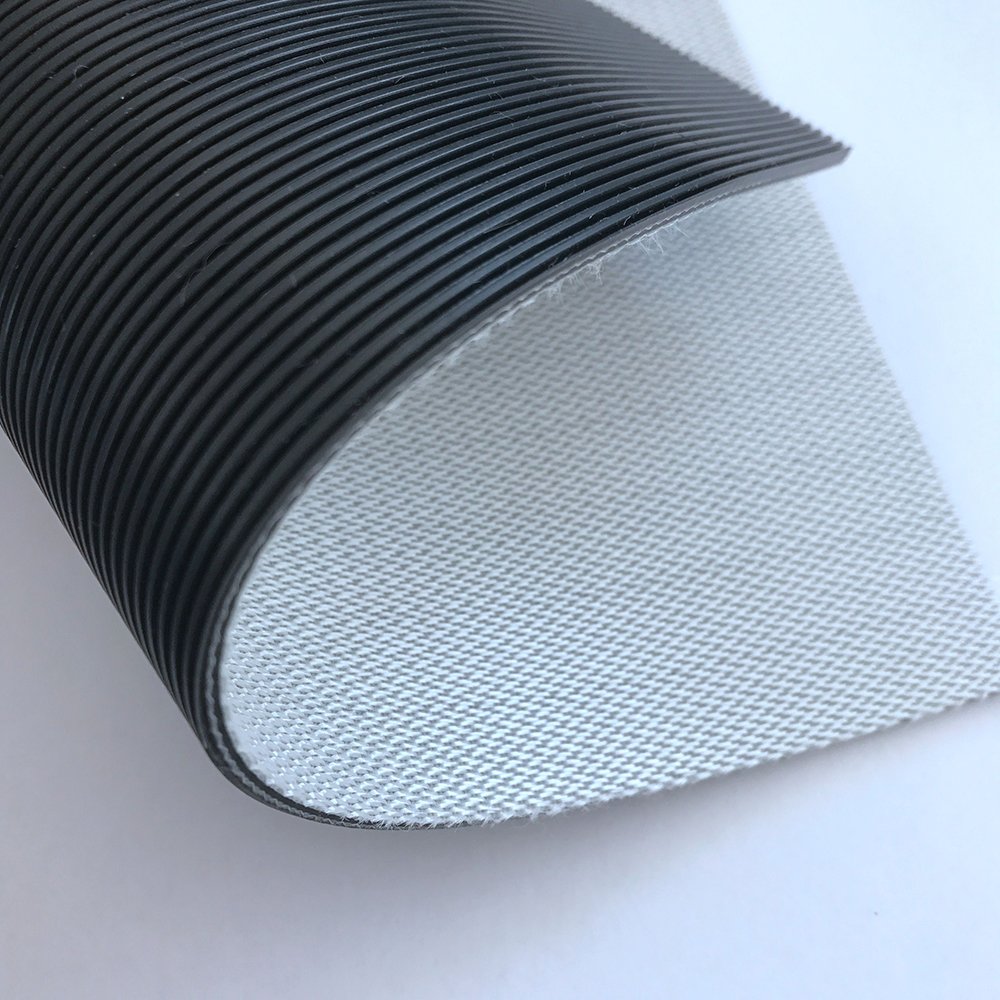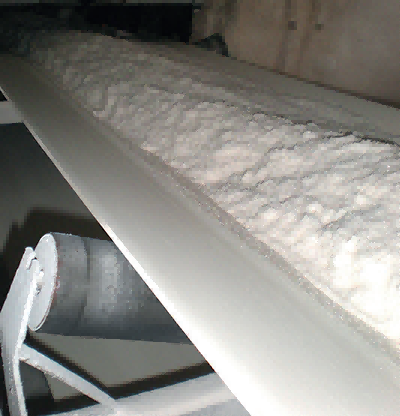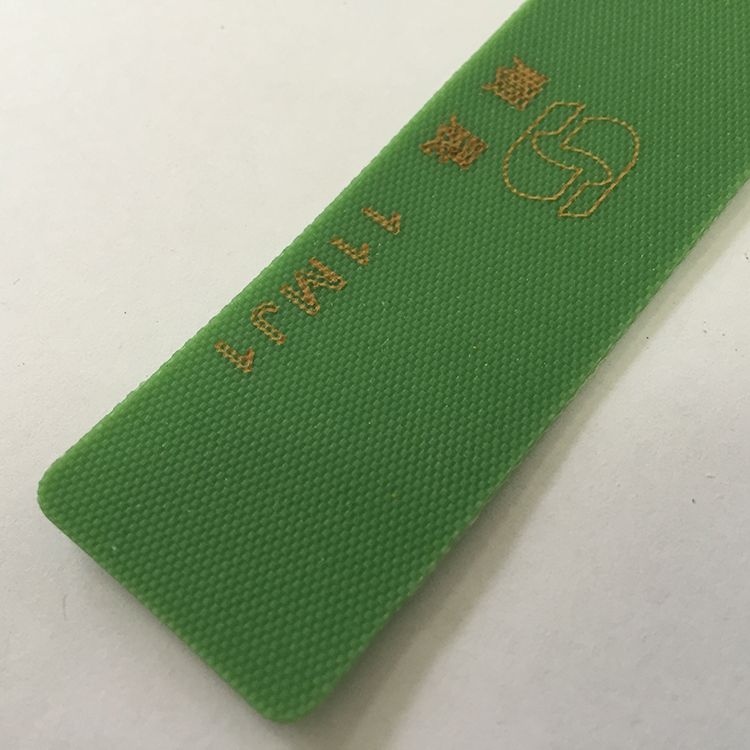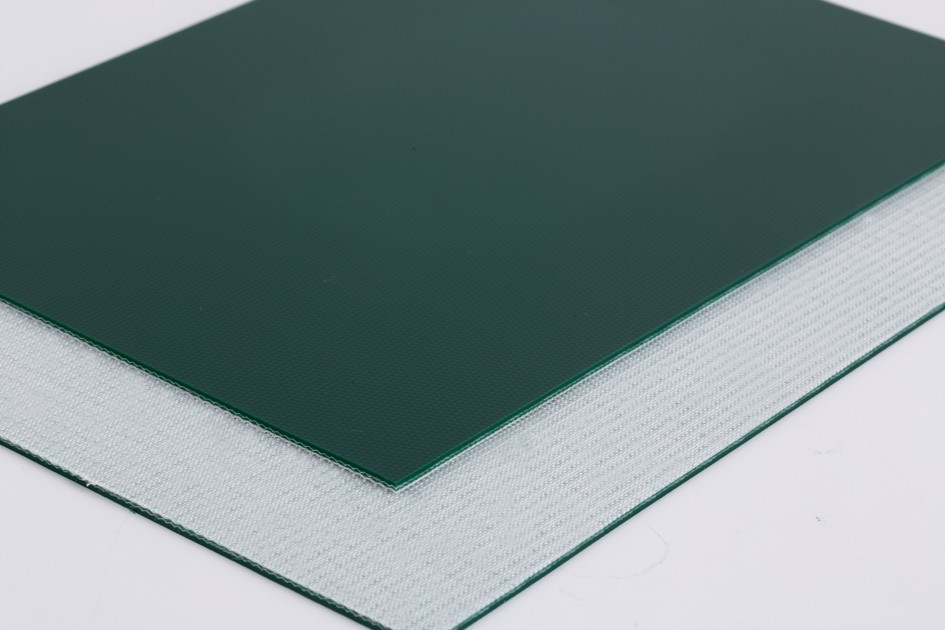Introduction
Conveyor belts serve as essential components in numerous industries, facilitating the smooth movement of materials and products. Understanding how to construct a conveyor belt and ensure its proper alignment (tracking) is crucial for operational efficiency and safety in industrial settings.

Constructing a Conveyor Belt
- Material Requirements
Constructing a basic conveyor belt necessitates the gathering of specific materials and components:
PVC Belt Material:
Acquiring a suitable PVC belt material is crucial. PVC belts offer durability, flexibility, and resistance to various environmental conditions.
Consider the required width and thickness of the belt material based on the intended application.
Rollers
Rollers are essential components supporting the belt and facilitating its movement.
Select rollers of appropriate size and material, ensuring they can withstand the load and offer smooth rotation.
Motor
A motor is required to drive the conveyor belt. Choose a motor that aligns with the load capacity and operational requirements of the belt.
Frame
Construct a sturdy frame to provide support for the conveyor system.
Materials such as aluminum or steel are commonly used for frame construction due to their strength and durability.
Fasteners
Fasteners or adhesive materials are necessary for joining the ends of the PVC belt material securely.
- Assembly Process
Belt Material Preparation
Measure and mark the PVC belt material according to the desired length.
Use appropriate cutting tools to ensure a clean and precise cut.
Join the ends of the belt material using recommended fastening methods or adhesives, ensuring a strong and seamless connection.
Frame and Roller Assembly
Construct the frame according to the specified dimensions, ensuring stability and proper alignment.
Install rollers onto the frame at suitable intervals, ensuring they are evenly spaced for consistent belt support.
Securely fasten the rollers to prevent wobbling or misalignment during operation.
Motor Installation
Position the motor at one end of the conveyor system, ensuring it is securely mounted and aligned with the rollers and belt path.
Install pulleys and belt-tensioning mechanisms, ensuring proper alignment with the motor for smooth belt movement.
Belt Tensioning and Alignment
Place the PVC belt material onto the rollers and pulleys, ensuring proper alignment and tension.
Adjust the tension by repositioning the motor or rollers to achieve the desired tautness without excessive slack.
Ensure the belt runs centrally along the rollers and pulleys without wandering or misalignment.
- Safety Considerations
Safety Gear and Equipment
Always prioritize safety by wearing appropriate personal protective equipment (PPE) such as gloves and eye protection.
Utilize tools safely and follow recommended safety guidelines during construction.
Safe Working Environment
Create a well-lit and spacious working area to assemble the conveyor belt.
Adhere to safety protocols to prevent accidents or injuries during the construction process.
Tracking a Conveyor Belt
- Understanding Belt Tracking
Importance of Tracking
Proper belt tracking is essential for the smooth and efficient operation of conveyor systems. It prevents mistracking, reduces wear and tear, and extends the belt’s lifespan.
Causes of Misalignment:
Various factors can lead to belt misalignment, including improper tension, roller misalignment, material buildup on the belt, and uneven loading.
- Manual Tracking Methods
Roller and Pulley Adjustment
Manual tracking involves adjusting the positioning of rollers and pulleys to correct belt misalignment.
Properly aligning rollers by adjusting their positions ensures the belt runs straight and centered.
Correcting Misalignment
Observe the belt’s movement while it runs. If it deviates or mistracks, use tools to gradually adjust the rollers and pulleys to correct the misalignment.
- Automated Tracking Systems
Sensor-based Systems
Automated tracking systems employ sensors to detect belt misalignment.
Once misalignment is detected, the system automatically triggers adjustments to bring the belt back to its proper position.
Advantages of Automation
Automated tracking systems offer continuous monitoring and adjustment, reducing manual intervention.
Benefits include reduced downtime, improved operational efficiency, and minimized wear on the belt.
- Troubleshooting and Maintenance
Common Tracking Issues
Common problems include mistracking, belt wandering, and off-center movement.
Identify and address these issues promptly to prevent damage and maintain optimal conveyor performance.
Maintenance Routines
Implement routine inspections to identify misalignment issues early.
Clean debris, align rollers, and maintain proper tension regularly to ensure optimal belt tracking.
Tension Adjustment
Proper tensioning of the belt is crucial for consistent and accurate tracking.
Adjust the tension using recommended methods to prevent mistracking.
- Safety Measures
Safety Protocols during Tracking
Always follow safety guidelines and wear appropriate PPE when adjusting or tracking the conveyor belt.
Ensure the conveyor system is turned off and locked out before performing any maintenance or adjustment tasks.
Guidelines for Accident Prevention:
Implement safety procedures to minimize risks during tracking procedures.
Conduct proper training for personnel involved in maintenance and tracking tasks to prevent accidents.
Conclusion
Crafting a conveyor belt involves meticulous assembly steps and safety considerations. Similarly, ensuring proper tracking is essential for efficient conveyor operation. By following the outlined construction process and employing effective tracking techniques, industries can maintain optimal conveyor performance, reduce downtime, and prioritize workplace safety.





